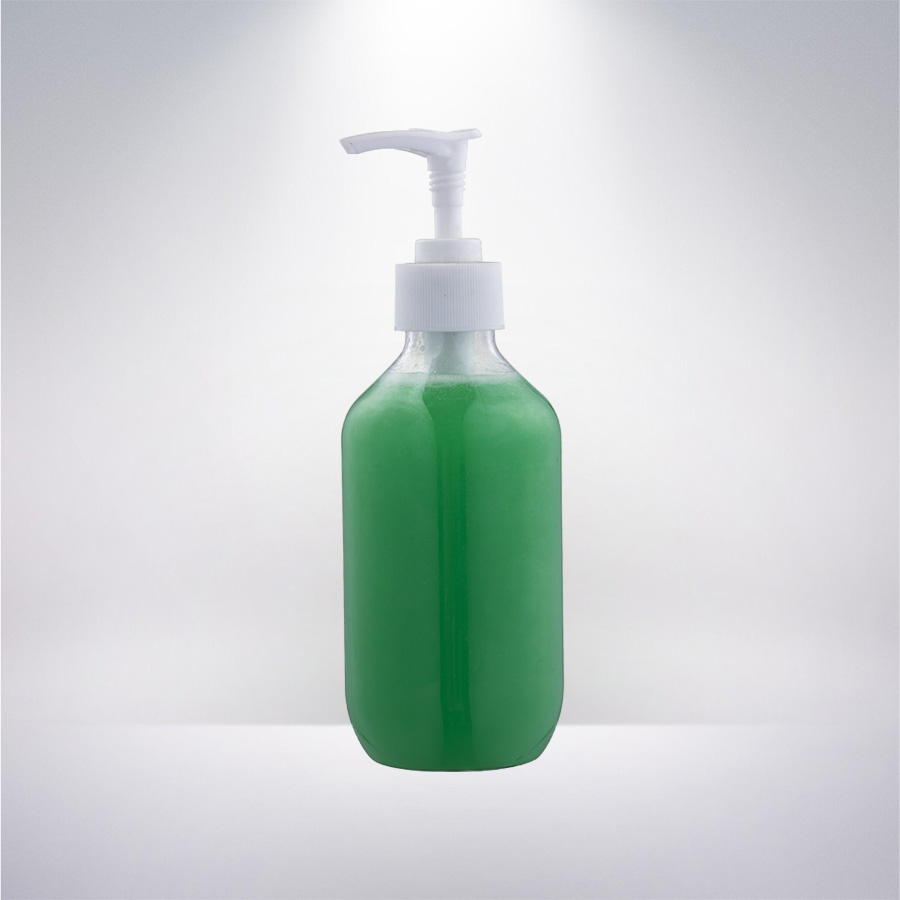Summary:There are many materials of plastic bottles, and the functions and characteristics of plastic bottles of different materials are also different. Let's compare PET plastic bottles and PP plastic bottles.Features: PE is soft and has a waxy texture to t......
There are many materials of plastic bottles, and the functions and characteristics of plastic bottles of different materials are also different. Let's compare PET plastic bottles and PP plastic bottles.
Features: PE is soft and has a waxy texture to the touch. Compared with the same plastic, it is lighter in weight and has a certain degree of transparency. The flame turns blue when burning.
Toxicity: Non-toxic, harmless to human body.

250ml oral liquid bottle
Polypropylene (PP) applications: microwave tableware, pots, plastic buckets, thermos shells, woven bags, etc.
Features: high chemical stability, good hygienic performance, high heat resistance. Microwave tableware can be made of plastic products marked with PP.
Toxicity: Non-toxic, harmless to human body.
The biggest disadvantage of PP is that it is easy to oxidize and age. It is now overcome by adding antioxidants and UV absorbers.
Polyester (PET) application: plastic beverage bottles, medicine bottles, cosmetic bottles, oil bottles and various caps and thermal insulation caps.
Features: good transparency, not easy to break, good chemical stability, suitable for a variety of liquid or solid pharmaceutical packaging. It has better shielding properties for ultraviolet rays.
Toxicity: Nontoxic.
PET plastic bottles are the mainstream of beverage packaging. PET plastic bottles are the dominant ones in China's beverage packaging industry. So far, no better or better packaging materials have been found to replace PET plastic bottles. PP bottle is mainly a one-step injection stretch-blow and two-step heating stretch-blow molding machine. The PP bottle molded in the machine has the advantages of transparency, robustness and heat resistance. The price is lower than that of PET, PS, PE and other materials. The use scale of PP plastic bottles in the beverage packaging market has gradually approached that of PET bottles. The constant development of modified resins, anti-penetration agents and mechanical equipment technology enables PP containers to replace glass, PET and PVC containers, and has broad prospects.
